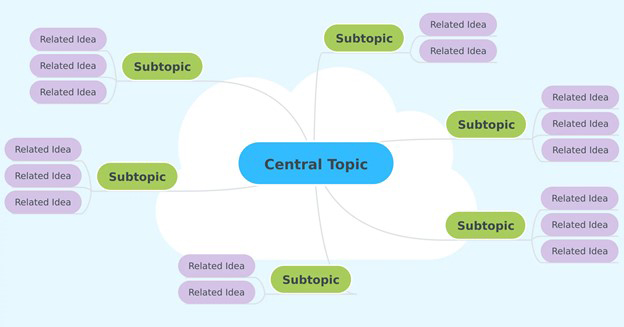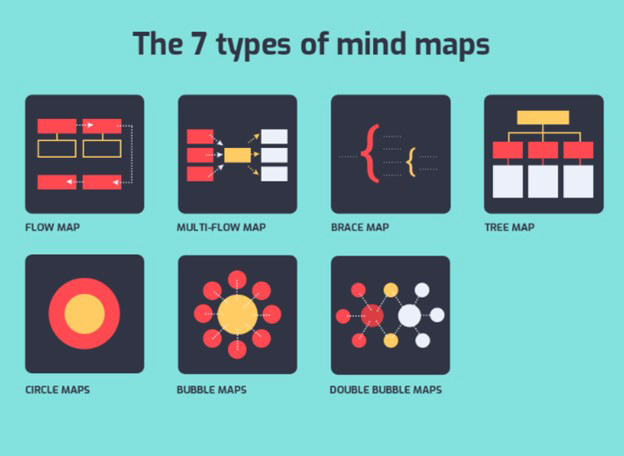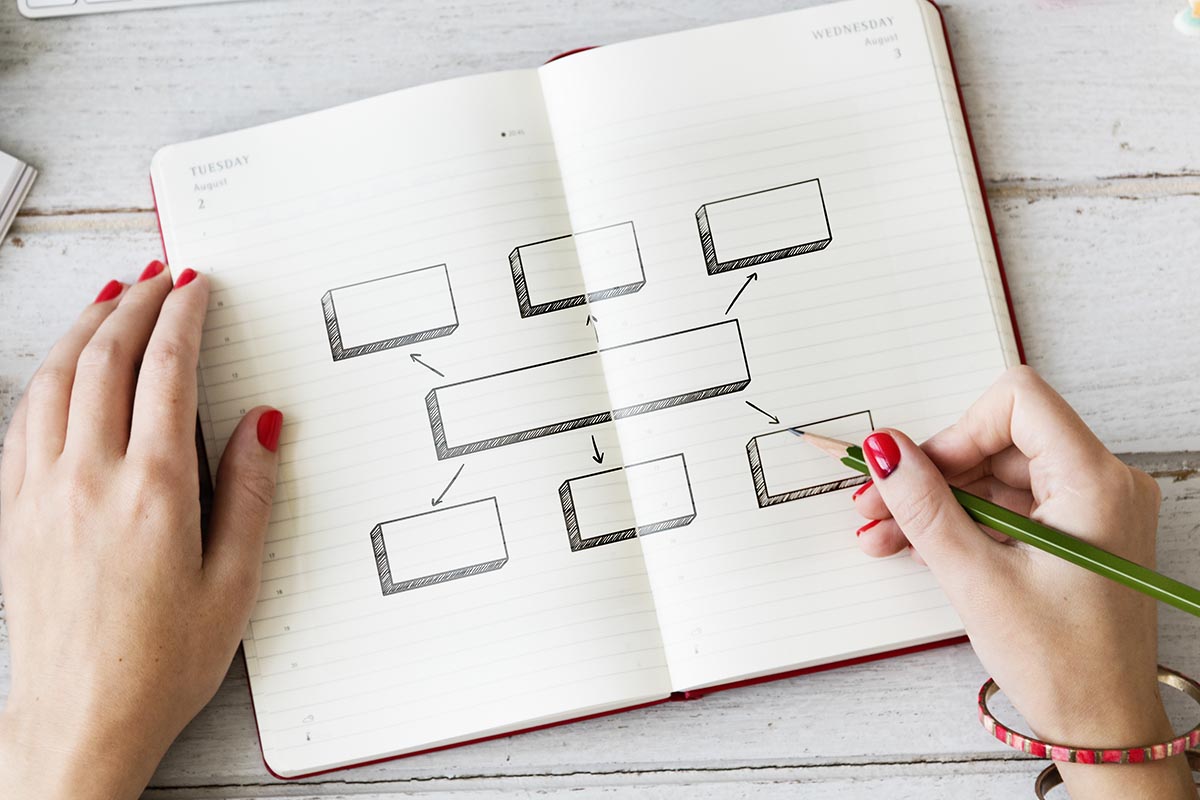How to Mind Map
Mind mapping is a powerful technique, usually graphic, and can translate what’s on the mind into a picture. A lot of people tried it to solve personal issues or to memorize things in a structured way. So, next time when you’ll be bothered by questions like “What should I take to my trip?”, “How to do my paper?” or “Why am I feeling like this?” you should try this to get answers.
What Mind Mapping Is?
In mind mapping, the arrangement of information is made to represent how the human brain works. Usually, a mind map centers on a single concept and is a diagram used to organize information.
One of the earliest mentions of such a method comes through ages back to # century BCE. Porphyry of Tyros used it to organize works of Aristotle.
Basally, mind mapping or a mind map helps you think, organize your thinking, collect knowledge, recollect, create, and recreate ideas. Mind mapping improves your thought process and makes you a better thinker. Researches showed that our brain likes to work based on associations. This is why people with a lot of tasks prefer to use this method for clearing their minds.
A mind map is usually created by hand in the form of an image at the center of the page; subsequently, associated words and images are combined. The center’s image is known as the central concept; the pictures and words connected to it are the significant ideas from which other ideas branch out. There have been suggestions that mind mapping improves learning efficiency by at least 15% better than note-taking and regular usage improves long-term memory by 10%.
How to Mind Map: Types of mind maps
Flow Map
Good for describing processes or functions.
Multi-Flow Map
Are you trying to guess which consequences your decision will have? This type will help.
Brace Map
Better for real situations than ideas.
TreeMap
It helps to organize information. Good for learning.
Circle Maps
If you are going from a big idea to a particular one or vice versa, you should try this. Each concentric circle presents the idea connected to the previous one.
Bubble Maps
Also a good option for learning or teaching. Looks a lot like a Treemap. Usually used for decrypting the main theme through related adjectives.
Double Bubble Maps
Also known as Venn Diagrams, uses the simple Bubble Maps in a more complicated way. Good for searching for common properties of ideas.
Basic principles of mind mapping
Regardless of the differences in the formation of mind maps, they still share the same basic principles and features. Some of them are listed as follows.
Central theme
A central theme usually goes at the center of a blank page, and it is mostly the title of the thought. Other generated ideas get mapped and matched with the central theme. Therefore, the central theme is the subject matter, while the other ideas are the component units.
It’s good when the central theme is literally in the center of your sheet of paper. If you focus on colors – highlight it with the color, which represents the most important things.
Associations
Association formed from the central theme, and they are essential for remembering and thinking. Usually, associations that radiate from the central theme are known as first-level associations; emanating from the first level is referred to as second-level associations.
For example, your central theme is to do a big project. So, the center of your map will be the name of your project. First-level associations will include the main steps you need to do to complete the project. Second-level ones will help you to describe the to-do list for completing the first-level. As a result, you will have the complete list of steps you need to do to finish a big project.
How to Mind Map: Connection lines
You need to connect all your ideas on each level. Experts advise connecting it with curved lines because of the way of thinking. Associations are curved rather than straight and come in the form of curved lines. Did you think so too?
You may use different types of lines to divide the necessary steps from ones that can wait. If your project needs five main steps to complete it and you have seven, connect the central scheme with the main first-level association using one line type and the remaining two – with other.
Keywords
In mind maps, keywords function as a summary of all information gathered so that, instead of sentences, pictures or images, single keywords are employed. When used in an association, the single keyword allows you more freedom, clarity, and creativity.
Instead of writing “Step 1. Make my hair healthier,” you should use “healthy hair.” It’s easier to perceive.
Proximity
In the case of proximity in mind maps, the world’s length matches the curved line; therefore, bringing the associated ideas near.
If you are brainstorming, place connected associations closer to each other.
Seven associations
Even though a mind map can have as many first-level associations as you want, bear in mind that the human mind can only grasp a maximum of 7. Don’t concentrate too much on the numbers if you will always have this map close.
Color & images
Studies have shown that people who employ colors and pictures in their imagination, especially when they are learning, remember things faster than those who don’t. Therefore, color and images in mind mapping as a learning tool remains a very crucial feature.
You can add the photos of the result to visualize it. It will look like a desire map, which is a kind of mind map too.




















